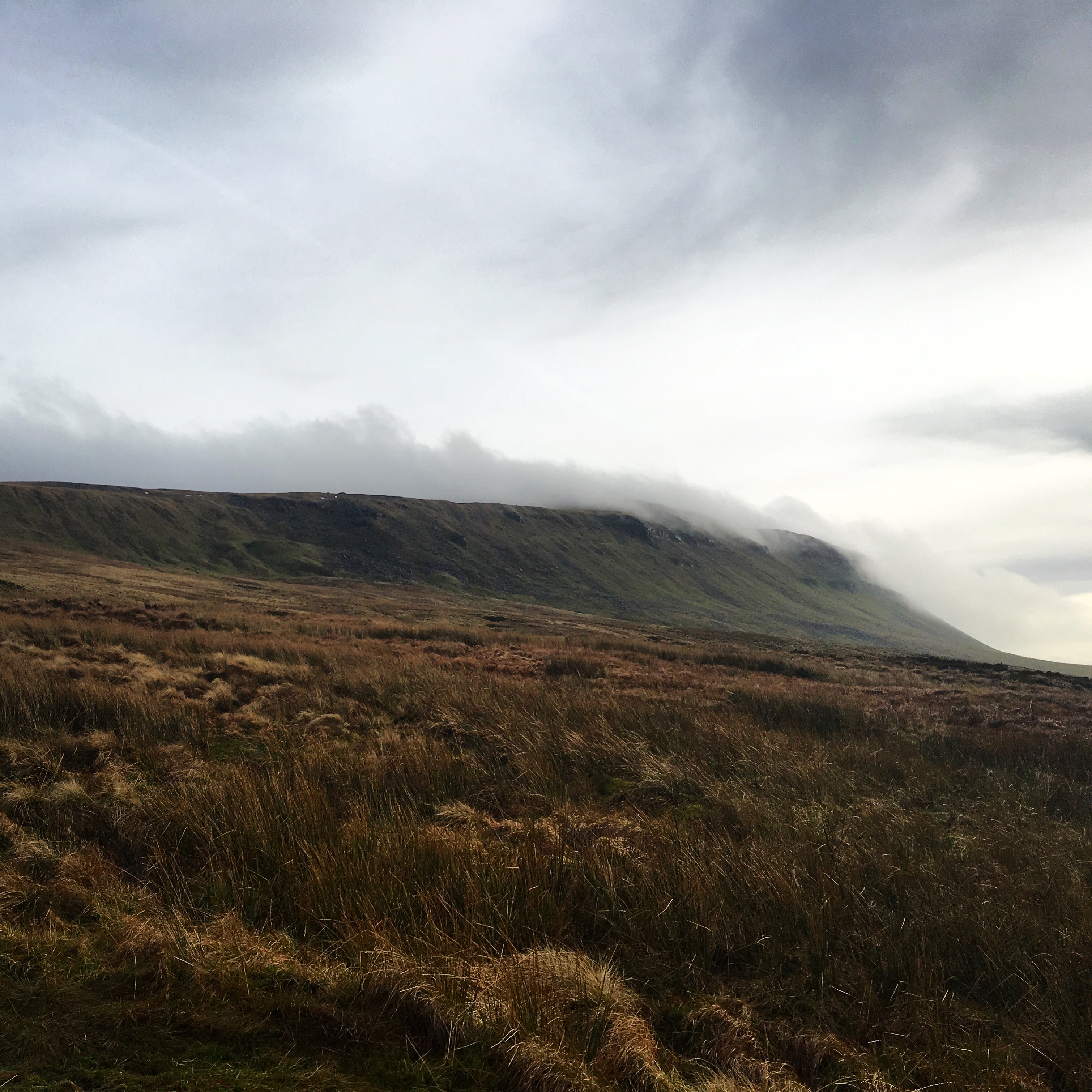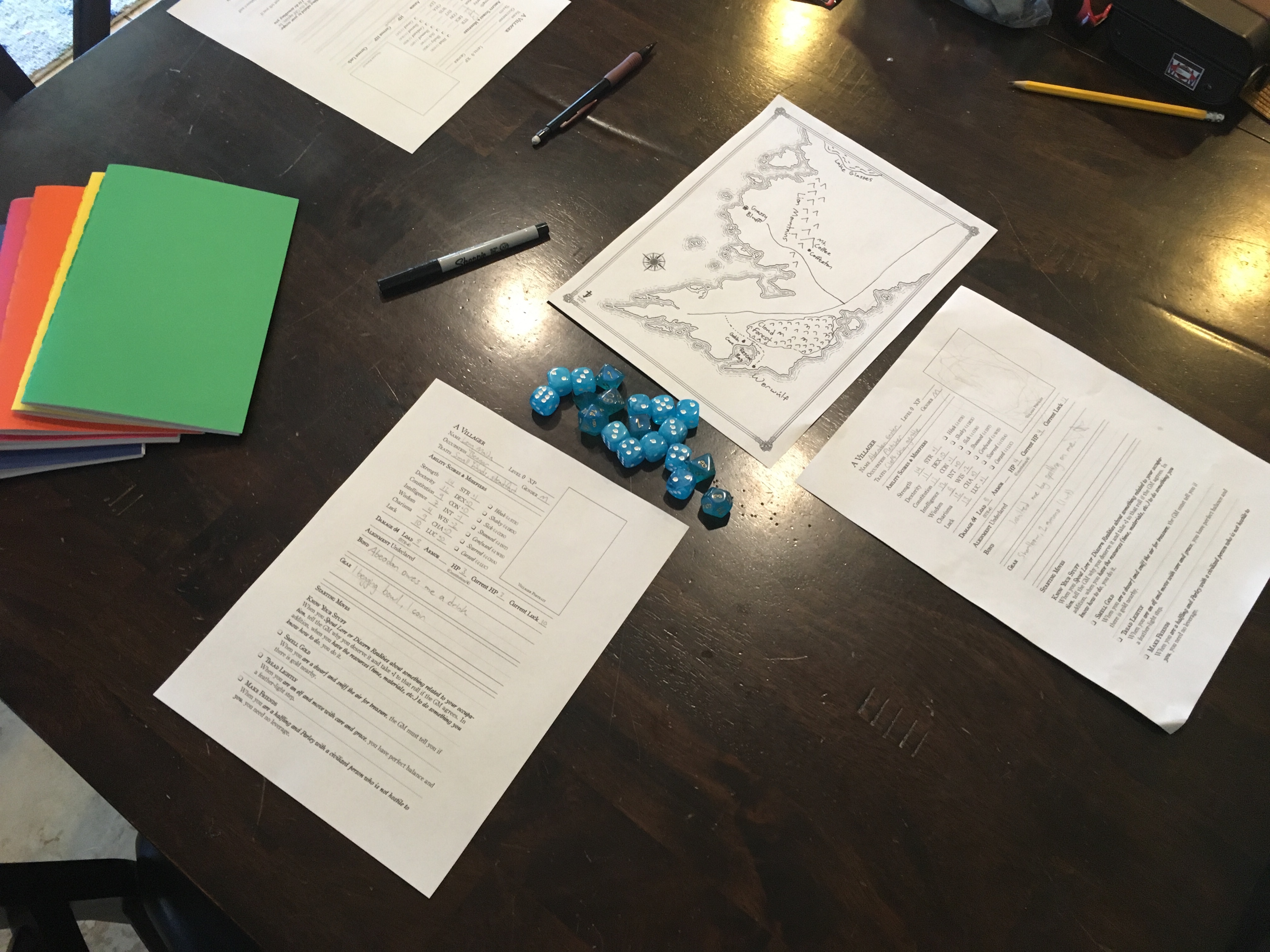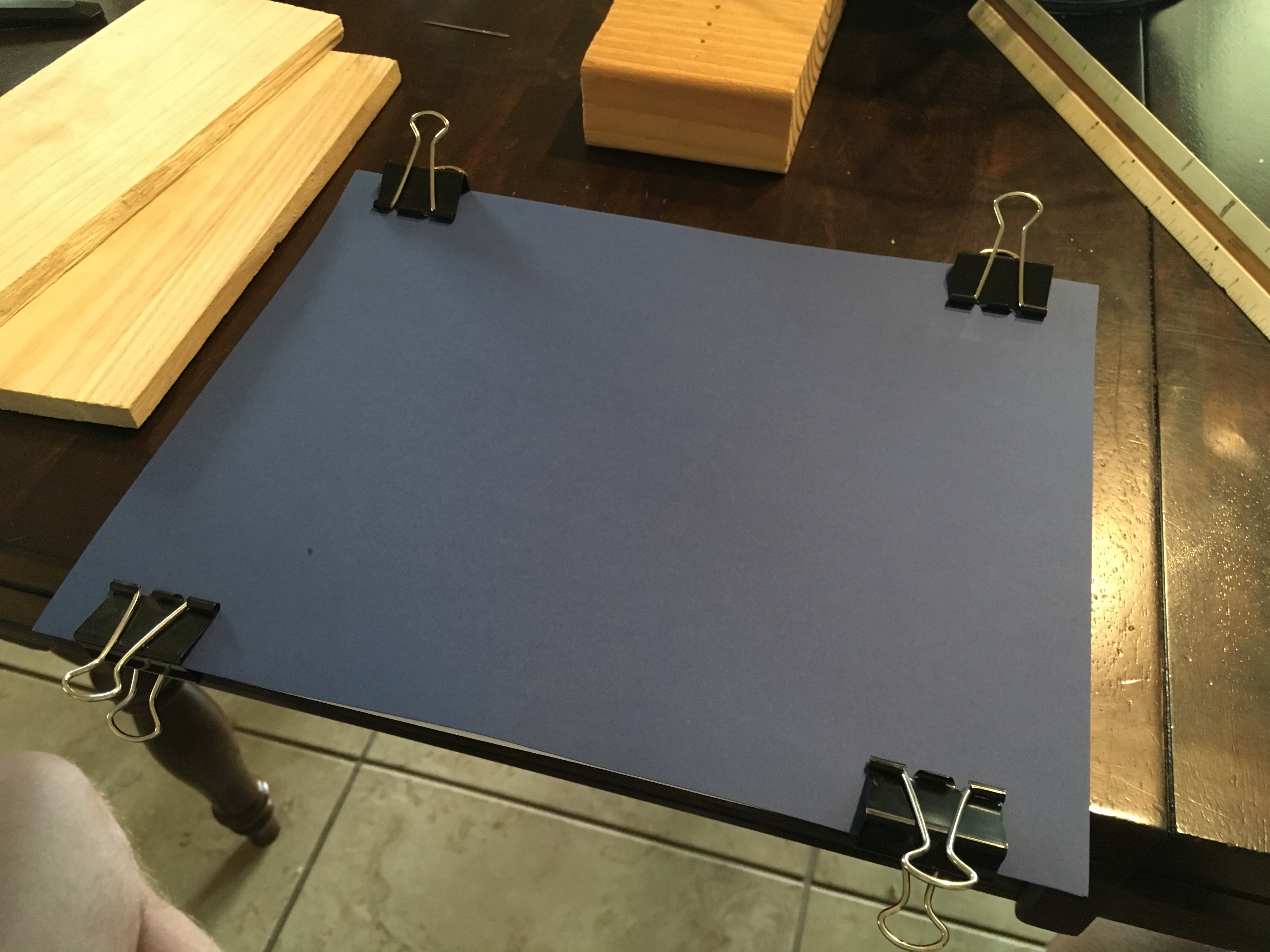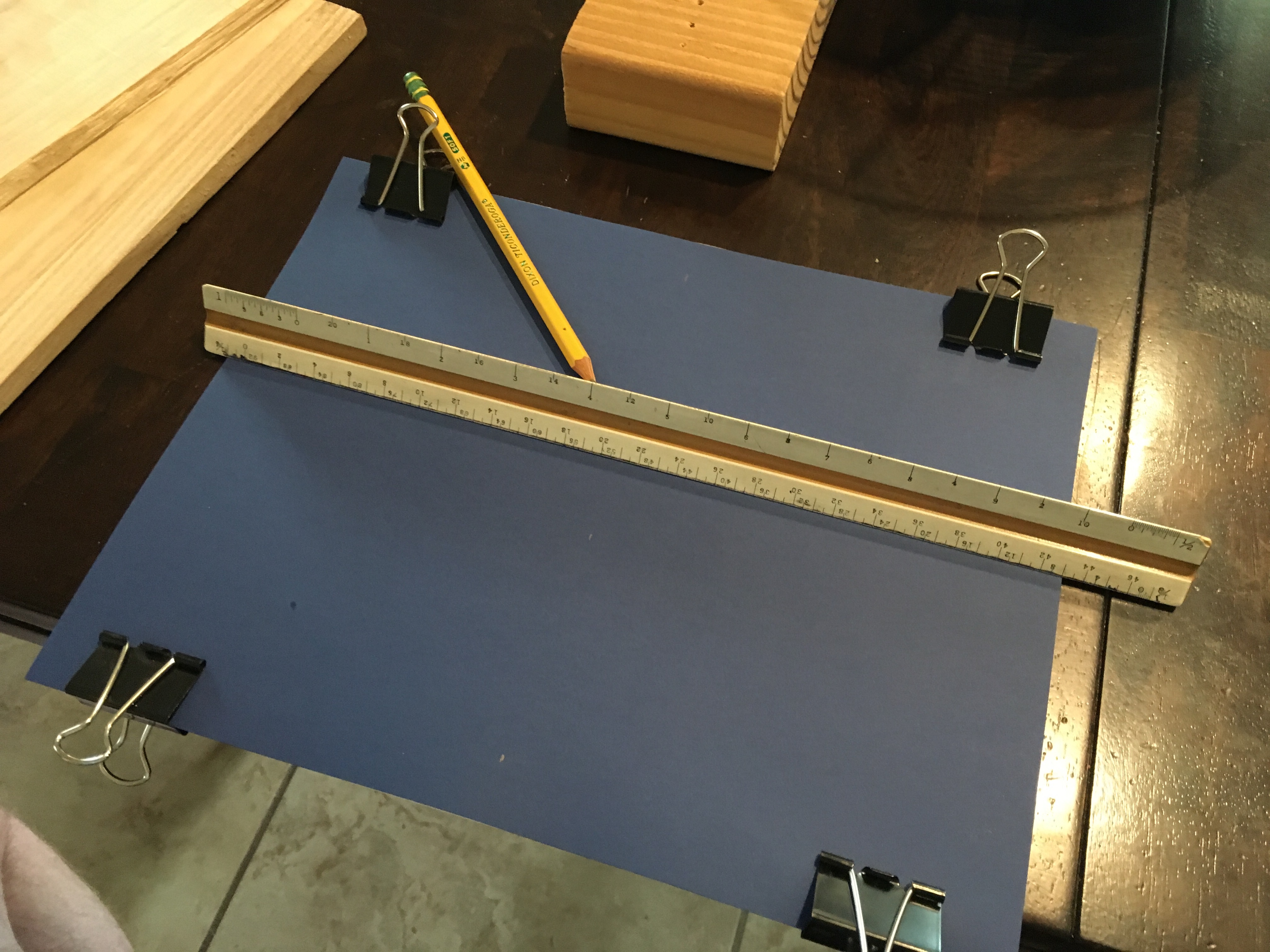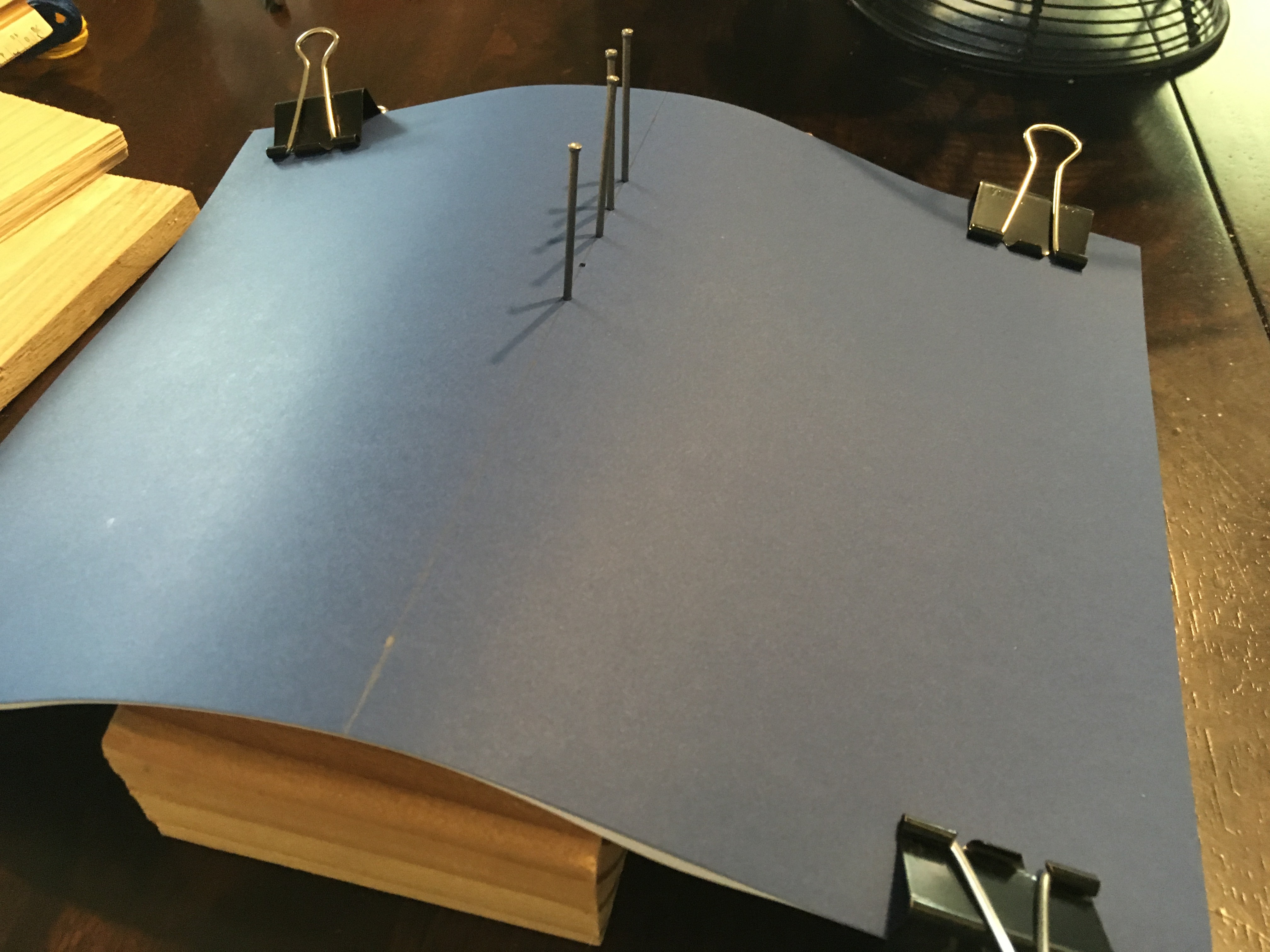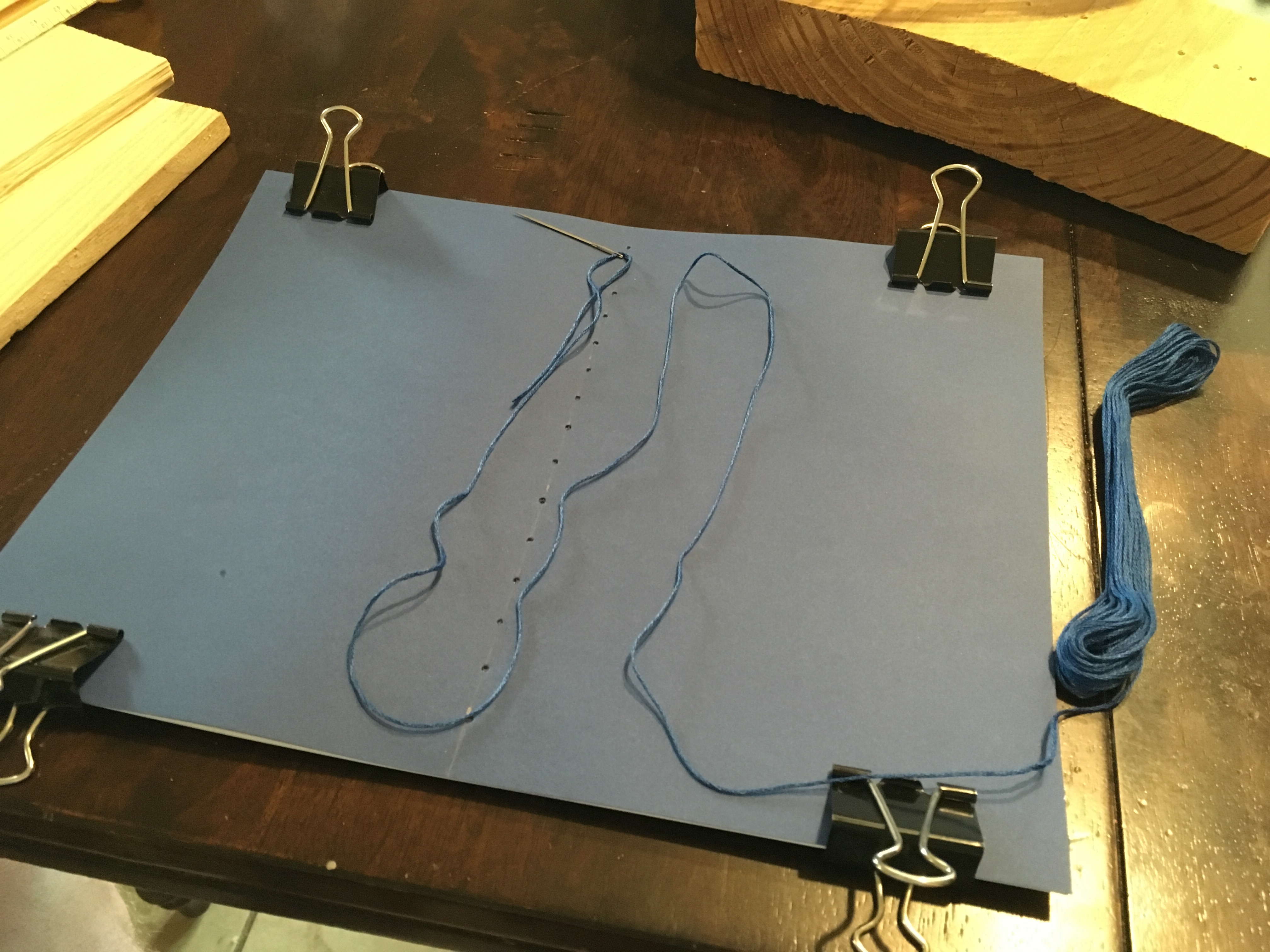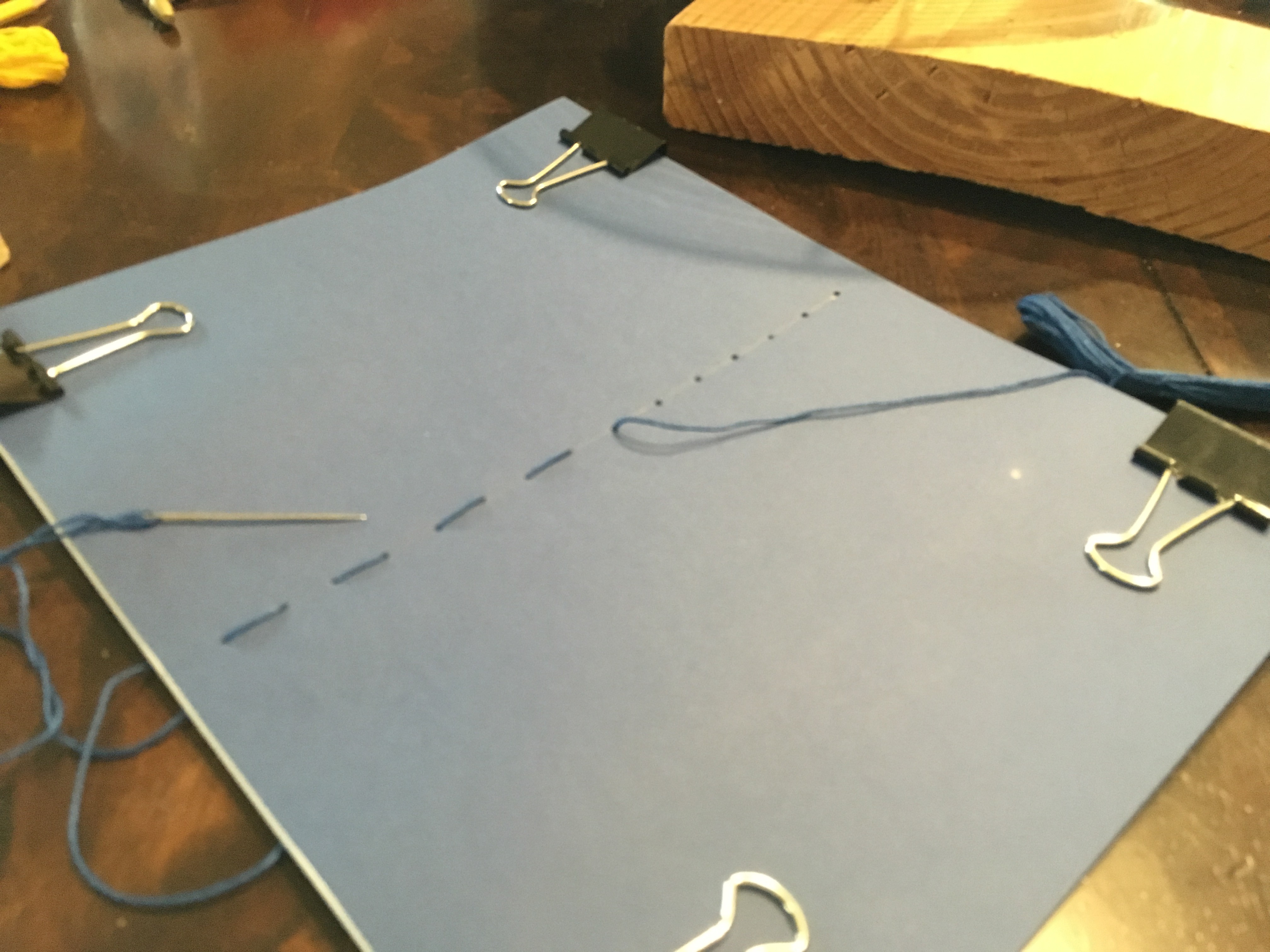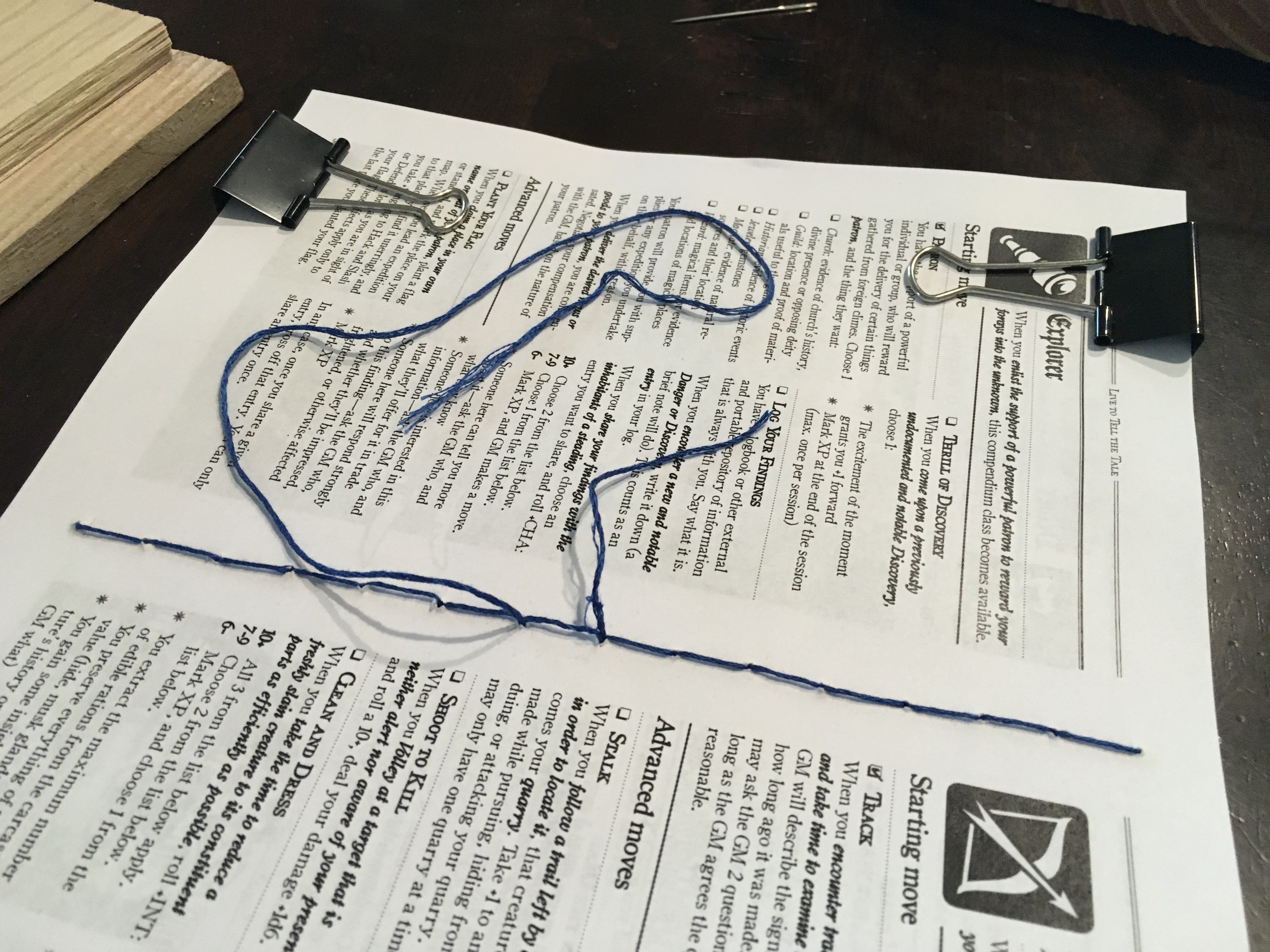The most recent version of rules still doesn’t have a Wilderness section, so I wrote the rules myself.
The most recent version of rules still doesn’t have a Wilderness section, so I wrote the rules myself. The main idea is that region is the same as dungeon. I generate a name for a region (with the random regions table from Perilous Wilds), a prevailing terrain type (terrain table from PW) and a size (using the dungeon size table from Plumb the Depths). Then I take a size-according number of themes from the dungeon themes table and start to fill the areas inside the region by doing a roll on the dungeon exploration table (see a slightly modified (by me) version below).
Roll Area type Contents
1-3 common area nothing unusual
4-6 common area 1 danger
7-8 common area 1 danger, 1 discovery
9-11 common area 1 danger, 2 discoveries
12 common area 1 discovery
13 unique area nothing unusual
14 unique area 1 danger
15 unique area 1 danger, 1 discovery
16 unique area 1 danger, 2 discoveries
17+ unique area 1d4 discoveries
Instead of cumulative exploration chance I add to the roll the number of areas before the nearest civilized settlement and its defense level modifying factor (see the table below).
None: +2
Militia: +1
Watch: 0
Guard: -1
Garrison: -2
Battalion: -3
Legion: -4
If the bonus turns out to be negative, I don’t count it. An area can be a hex as well as a cell in the Voronoi diagram, doesn’t matter. Either way, I count one area as one day of travel. When unique areas drop, I create them using the region’s themes as a starting point (the name can be borrowed from the random area table from PW). Danger and discovery are created using the relevant tables from PW, but with creature stats brought to accordance with FonF. After there are enough unique areas on the map, the region is done, you can start creating the next one. Additionaly, you can create a special region’s random encounters table based on the typical dangers for this region. If this is your first session, you can create all the essential things with the players, and then fill out spaces using this procedure.
As a future thought, one can create separate tables for different region types, as it was done in Plumb the Depths for different dungeon origins.
If the resulting content seems not enough, you can just add 1 danger and 1 discovery to each area.
